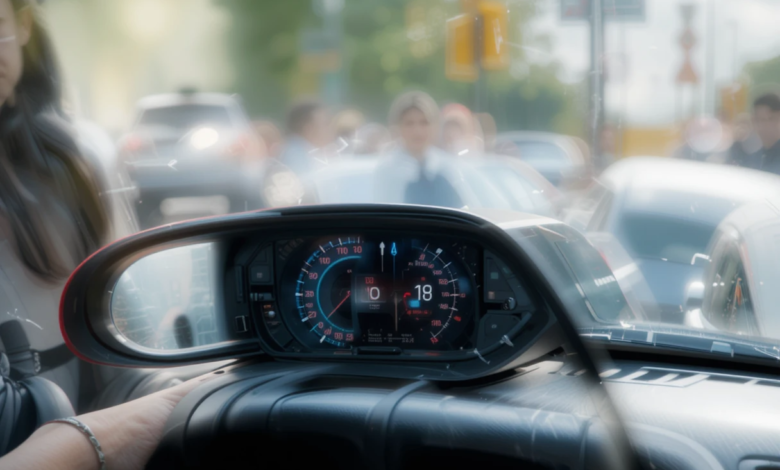Traffic Incidents: Understanding and Addressing Their Impact

Traffic incidents, commonly referred to as “incidencies viaries,” are unexpected events or disruptions that occur on roadways, ranging from minor accidents to major collisions, and from stalled vehicles to natural hazards. These incidents can have a ripple effect on daily commuting, road safety, and overall transportation efficiency. Understanding their causes, consequences, and potential mitigation strategies is crucial for fostering safer and more efficient road networks and you know about incidencies viaries & opentrendz.
Causes of Traffic Incidents
Traffic incidents arise from a variety of factors, including human error, environmental conditions, and mechanical failures. Human behavior remains the leading cause, with distractions like mobile phone usage, speeding, and driving under the influence of alcohol or drugs being the most common culprits. Additionally, fatigue and lack of attention can significantly increase the likelihood of an accident.
Environmental conditions such as heavy rain, snow, fog, or poorly maintained roads also play a significant role in traffic disruptions. Slippery surfaces, reduced visibility, and unexpected weather changes can challenge even the most experienced drivers. Mechanical failures, such as brake malfunctions or tire blowouts, further add to the complexity of road safety.
Immediate and Long-term Consequences
The effects of traffic incidents can be categorized into immediate and long-term impacts. Immediate consequences often include injuries, fatalities, and property damage. These incidents can cause significant emotional trauma to those involved, as well as stress and frustration for other road users delayed by the resulting traffic jams.
Long-term consequences are equally significant. Frequent traffic incidents can undermine public confidence in road safety and result in higher insurance premiums for drivers. On a societal level, the economic cost of traffic disruptions—measured in lost productivity, medical expenses, and infrastructure repairs—is immense. In some regions, recurring traffic issues can deter investment and tourism.
Role of Technology in Mitigation
Advancements in technology are playing a pivotal role in reducing and managing traffic incidents. Smart traffic management systems use real-time data from sensors and cameras to detect and respond to accidents quickly. These systems can alert authorities, reroute traffic, and minimize congestion.
Moreover, the adoption of autonomous and connected vehicles promises to significantly reduce human error, which is a primary cause of accidents. Features like lane-keeping assistance, adaptive cruise control, and automated emergency braking are already proving to be effective in enhancing safety.
In addition to vehicle technology, mobile applications that provide live traffic updates and incident alerts enable drivers to make informed decisions, helping to avoid congested areas and potential hazards.
Community and Policy Efforts
Community awareness campaigns and policy interventions are essential in addressing traffic incidents. Governments and local authorities must prioritize road safety education to encourage responsible driving behavior. Campaigns focused on the dangers of distracted driving, the importance of seatbelt use, and the risks of driving under the influence can foster a culture of accountability among road users.
Policy measures, such as stricter enforcement of traffic laws and penalties for violations, are equally important. Additionally, investments in road infrastructure—such as well-maintained highways, proper signage, and improved lighting—can significantly reduce the likelihood of incidents.
A Shared Responsibility
Ultimately, reducing traffic incidents is a shared responsibility among drivers, policymakers, and technology providers. Every driver has a role to play in ensuring their own safety and the safety of others on the road. Governments must create and enforce policies that prioritize road safety, while technology providers should continue innovating solutions that enhance vehicle and infrastructure safety.
By understanding the causes and consequences of “incidencies viaries” and taking proactive steps to address them, we can create safer and more efficient roadways for everyone.



